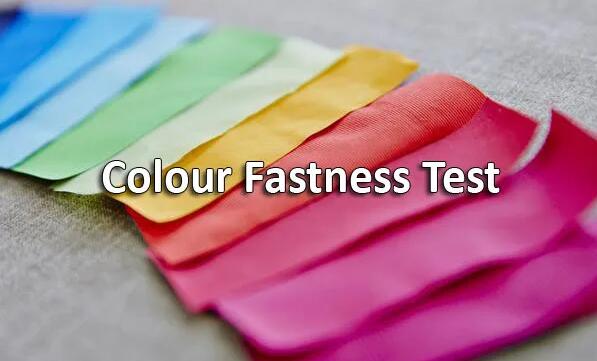How to improve color fastness to washing?
Improving color fastness refers to the fading of dyed fabrics under the action of external factors (extrusion, friction, washing, rain, exposure, light, seawater immersion, saliva immersion, water stains, sweat stains, etc.) during use or processing Degree is an important indicator of fabric. Due to the great differences in the conditions and requirements of fabrics in the process of processing and use, most of the current test methods are simulated tests or comprehensive tests according to the environment and conditions of action, so the test method for color fastness The content is quite extensive.

The color fastness of the fabric is related to the type of fiber, yarn structure, fabric structure, printing and dyeing method, dye type and external force. It can be divided into light fastness, washing or soaping fastness, rubbing fastness, and perspiration fastness. fastness, ironing fastness and sublimation fastness. Due to the great differences in the conditions and requirements of fabrics in the process of processing and use, most of the current test methods are simulated tests or comprehensive tests according to the environment and conditions of action, so the test method for color fastness The content is quite extensive. However, looking at many standards such as the International Standards Organization (ISO), the American Association of Dyestuffers and Chemists (AATCC), Japan (JIS), and the United Kingdom (BS), the most commonly used ones are washability, light resistance, friction resistance, sweat resistance, and water resistance. Stains, resistance to ironing, weather resistance and other items.
Washing fastness is divided into 5 grades, grade 5 is the best and grade 1 is the worst. In actual work, the test items are mainly determined according to the end use of the product and product standards. For example, the wool textile product standard stipulates that color fastness to sunlight/rubbing fastness/pilling resistance must be tested.
Regarding azo, 70-75% of the parent structure of reactive dyes is azo type, and the rest are anthraquinone type, phthalocyanine type and methyl lipid type, all of which are mainly blue color spectrum. The light fastness of azo type is poor, and anthracene type The light fastness of quinone type, phthalocyanine type and methyl ester type is better. The photofading effect of dyes is very complicated. It is not only related to the chemical structure of the dyes, but also related to the aggregation state of the dyes, the properties of the dyed fiber materials, and atmospheric conditions.

